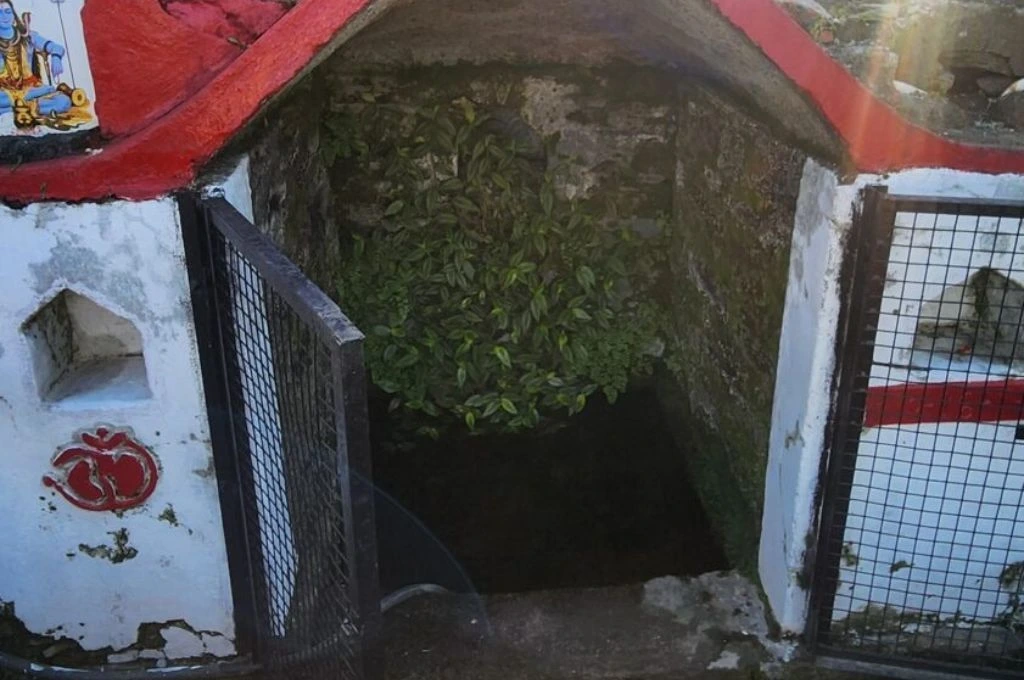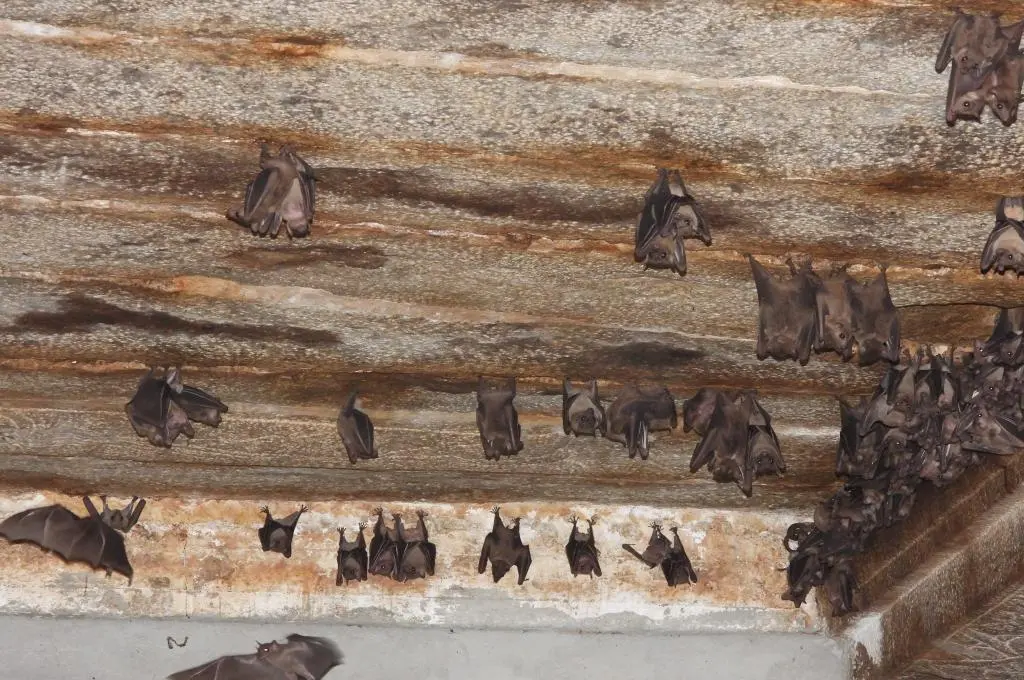READ THIS ARTICLE IN
A groundwater game: Learning to save water in rural Rajasthan
Groundwater levels in the Asind, Karera, and Kotri blocks of Rajasthan’s Bhilwara district have fallen from 10 ft to 50 ft in the last 50–60 years. This is worrisome, given that 90 percent of the residents in these regions practise farming and depend on groundwater for irrigation during the rabi season.
Unlike ponds, lakes, and streams—which are viewed as a community resource—groundwater is usually seen as an individual’s property. As people install more dug wells and borewells, they think they can extract as much groundwater as they want. The idea of groundwater as a common resource that is meant to be shared responsibly is one that people aren’t yet familiar with. However, a ‘water game’ is changing this.
Community members are coming together in groups of 30 and 50 to play this new game, which is designed to sensitise villagers to the importance of using groundwater in a planned and inclusive manner, while also building the connection between groundwater usage and cropping patterns.
As part of the game, five players are allotted 50 buckets or units of groundwater to be used in a year and a set of low- and high-water-intensive crops they need to choose from and grow. The players must mutually work out the math of using the groundwater in a way that each one gets enough water to grow the crops of their choice, make profits, and save water for the coming years. To be precise, they need to assess the demand and supply of groundwater available and collectively prepare a water budget.
The facilitators conduct the game in 22 rounds. The first two rounds are meant to help the villagers understand the rules. The players play the next 10 rounds without revealing their crop choices to the other players. In the last 10 rounds, the players can discuss their crop choices with each other. At the end of each round, the players get a recharge of 7 units of water from the rain, which is carried on to the next round. To factor in the unpredictability of rainfall, two dice are cast and the number obtained determines the recharge available for the round.
The game is followed by a debriefing session with the players and the non-playing community members. The facilitators urge the players to reflect on their learning from the game in front of the wider audience. It gives a space for the community to deliberate upon local, water-related issues, irrigation strategies, and crop choices.
The game has managed to start a dialogue around water conservation in the community. People are now discussing which irrigation method is effective for saving water, and if they should switch to growing a mix of low-water-intensive crops (such as barley and gram) and cash crops, instead of growing only water-intensive crops.
This article was updated on April 28, 2022 to correct some factual inaccuracies.
Foundation for Ecological Security is a nonprofit working towards the conservation of nature and natural resources in rural India.
Know more: Here’s what you need to know about the water crisis India is facing.
Do more: Connect with the author at content@ecologicalsecurity.org to understand more about and support their work.



